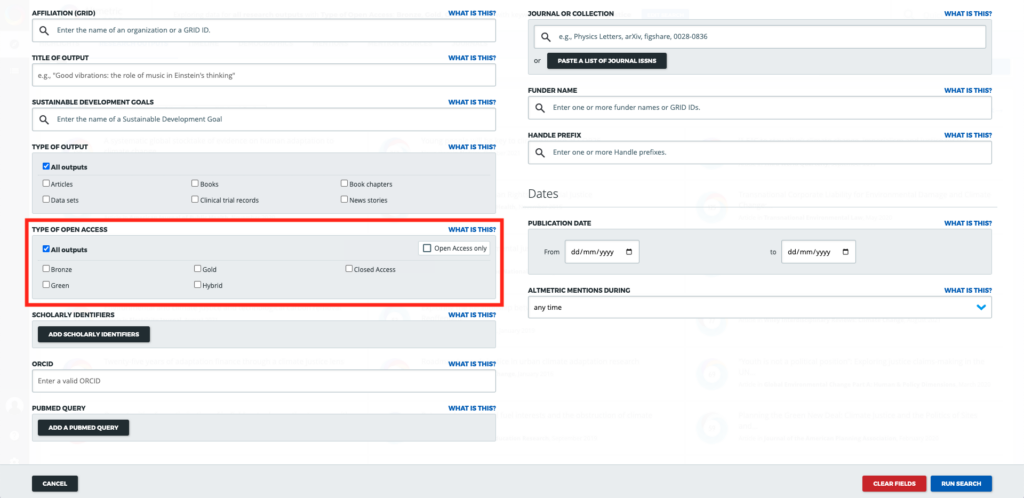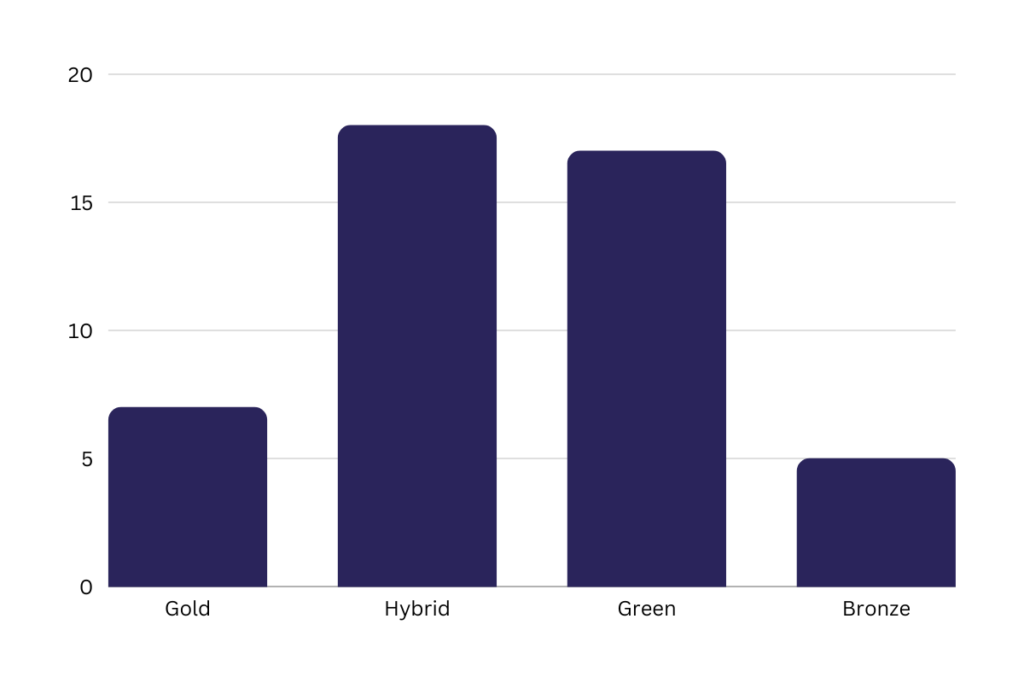Open Access Week: Climate Justice

The annual Open Access Week has arrived once more, and the chosen theme for this year is Climate Justice. But what do we know about this topic, and how can we access impactful content in this area?
Typically, Open Access Week encourages academics, researchers and the wider community to learn more about Open Access and to share what they’ve learned about it with a broader audience. With Climate Justice in mind (defined as the climate crisis impacting different groups of people and countries in an unequal way), Open Access Week encourages us to gain a better understanding of how the climate crisis will impact us all, rather than letting some groups/countries face the brunt of it.
In last year’s blog post on Open Access Week, we discussed the rise in popularity of Open Access (OA) publishing following the Plan S initiative, supported by cOAlition S. The initiative aims to make all scholarly publications available in Open Access journals, on Open Access platforms or available through Open Access repositories.
Different types of Open Access
Using Altmetric Explorer, you can find out more about accessing relevant content and even filter by the four different types of Open Access:
Gold Open Access – it’s a licensed article that is immediately available to read on a journal’s website (usually under a Creative Commons license)
Hybrid Open Access – it’s a subscription based journal that can also publish individual articles as Open Access for a fee
Green Open Access – it’s a free of charge, peer reviewed version of an article archived in an institutional repository
Bronze Open Access – it’s a free to read version on a publisher’s website, but it can’t be reused, adapted or shared.
Like last year, we conducted our own case study on the Climate Justice topic using Altmetric Explorer. We wanted to see how many research outputs were Open Access compared to closed access (e.g. books or some news articles), and which types of Open Access they were.

With Altmetric Explorer, you can choose whether to search for Open Access only, and you can narrow it down to a specific Open Access type. The tool found 1,267 research outputs from the results query, but only 826 were mentioned.
Based on the top Altmetric Attention Score, we then looked at the top 100 research outputs, to go into more detail about how many were Open Access. After we narrowed it down, we discovered 47% were Open Access. Below is the specific breakdown of Open Access types:

Making up the 47% research outputs there were 7% Gold OA, 18% Hybrid OA, 17% Green OA and 5% Bronze Open Access types, as compared to 53% non-OA research outputs. To further break down the research outputs, both open access and closed access had their resources online, meaning the information is easier to access and disseminate, unlike a chapter or a book.
|
|
Open Access |
Closed Access |
|
Articles |
44% |
31% |
|
News |
1% |
14% |
|
Chapters |
1% |
1% |
|
Books |
1% |
7% |
This is a prime example of the insights our Altmetric Explorer can give us about a specific topic, particularly a topic as important as Climate Justice. For more information or any specific questions you have about the tool, please get in touch.
We hope that Open Access Week 2022 has encouraged important conversations around the world about the climate crisis and we look forward to seeing what happens next.
